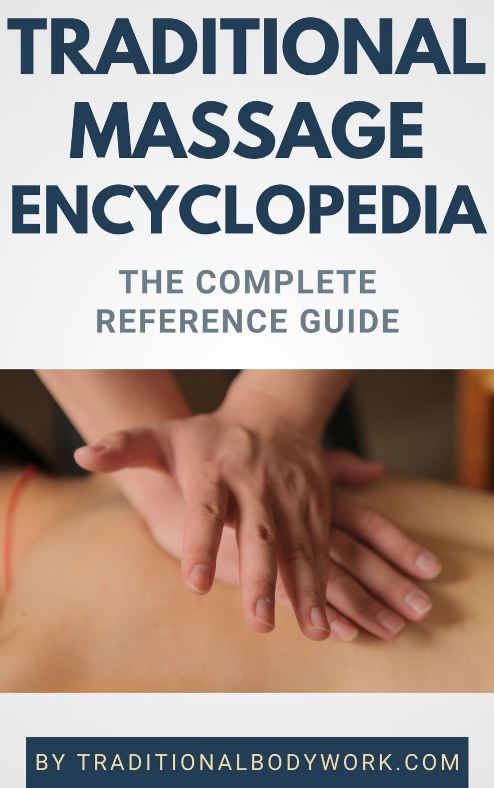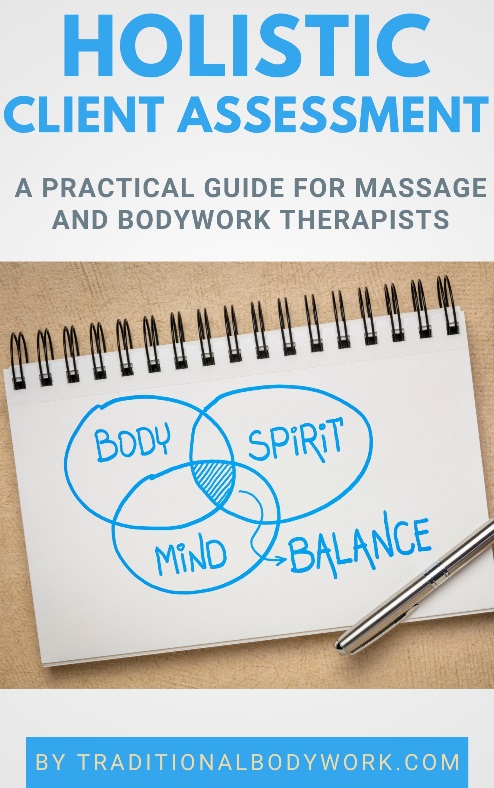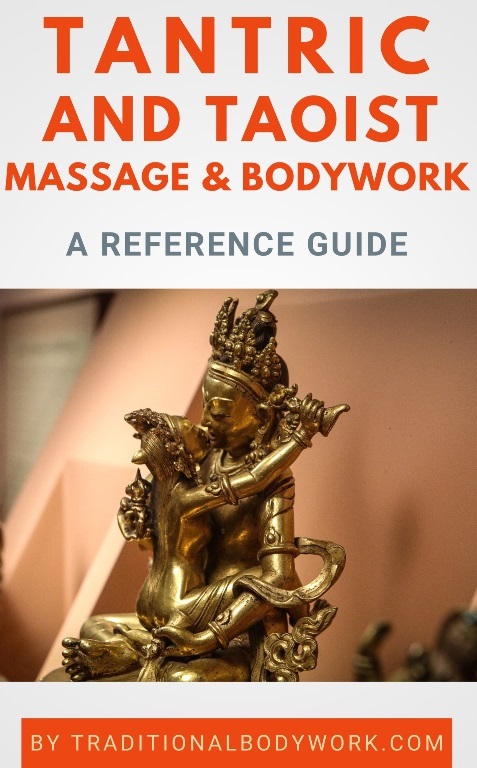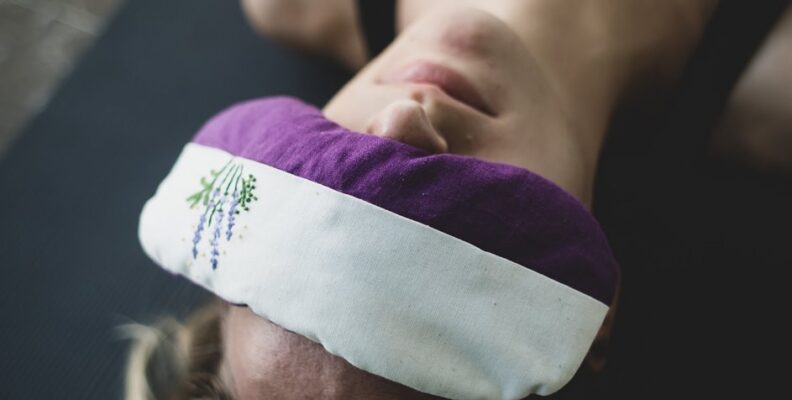
Key takeaways
- Sleep position can quietly worsen shoulder and jaw pain
- Winged scapula often links with tension in the neck and jaw
- Addressing sleep habits is crucial for lasting relief
- Hands-on treatment helps resolve patterns, not just symptoms
You go to sleep hoping for rest, but instead, you wake up sore again. Your shoulder feels off, your jaw’s tight, and your neck has that familiar, dull ache that creeps in before lunch. You’ve tried fixing your pillow, stretched more, maybe even swapped sleeping positions. Still, something’s not right. What most people miss is that your sleep posture doesn’t just influence how rested you feel; it can directly impact how your shoulder and jaw function, especially if things like winged scapula or TMJ tension are already in the mix.
Sleep isn’t passive recovery if your body’s locked into a bad position for hours. Over time, it can quietly reinforce postural problems, irritate nerve pathways, and load areas that are already struggling. It’s a missing piece in many recovery plans, and it’s often hiding in plain sight.
You wake up in more pain than you went to sleep with
It’s frustrating. You go to bed feeling fine, maybe a bit stiff, but nothing alarming. Then morning hits, and your shoulder is aching, your jaw feels tight, and your neck won’t turn properly without a wince. It’s easy to brush it off as sleeping “funny,” but when it keeps happening, you start wondering if there’s more to it. You might even catch your shoulder blade poking out awkwardly in the mirror — a possible sign of winged scapula — but you’re not sure what it means or why it’s connected to the weird jaw clicking that started a few months back.
This kind of pain pattern often doesn’t start with a big injury. More often, it creeps in gradually. Maybe you’ve adjusted your pillow a dozen times, changed sleeping positions, even tried those ergonomic sleep gadgets. But the discomfort persists. What most people don’t realise is that certain sleep positions can quietly create long-term stress on the structures around your neck, jaw, and shoulder blade. Hours of compression or awkward rotation during the night can overload muscles that were already doing too much during the day.
If any of this sounds familiar, you’re not imagining it — and you’re not alone. Many people with shoulder or jaw pain never link it to what’s happening overnight. But small, repeated stress from how you sleep can set the stage for issues like scapular instability or persistent TMJ tension. It’s not about sleeping perfectly. It’s about paying attention to how your body responds when you don’t.
Why the shoulder-blade-jaw connection isn’t a stretch
It might seem strange that your shoulder blade and jaw could be influencing each other, but the body isn’t made of separate parts working in isolation. When the scapula loses stability, like in cases of winged scapula, the muscles that support it often begin overworking or compensating in awkward ways. These muscles wrap around the upper back, neck, and even under the jaw. So when one area tightens, it doesn’t take much for the whole chain to feel the strain.
A common example is tightness in the levator scapulae, a muscle that helps elevate your shoulder blade but also connects to your cervical spine. If it’s constantly shortened or irritated, your neck mobility drops, your posture shifts, and your jaw mechanics start to change. You might grind your teeth more or feel pain when chewing, but not realise your shoulder blade is contributing to the problem. This is where the real challenge lies — treating symptoms like jaw discomfort without tracing them back to their muscular or postural origins often leads to temporary relief at best.
Sleep position isn’t the whole problem, but it matters
Plenty of people sleep on their side or stomach and feel fine, but if you’re already dealing with some postural stress, those positions can quietly tip the balance. Side sleeping, for instance, often means your head is tilted or rotated for hours, compressing one side of the neck and loading one shoulder. If your pillow doesn’t keep your spine aligned, your neck flexors can shorten overnight. And if you tuck your arm under your body, you’re probably putting constant pressure on the scapular stabilisers that are already struggling.
Stomach sleeping is another big one. It often forces your neck into end-range rotation, which can irritate the upper cervical joints and add tension to the jaw through the surrounding fascia. None of this might feel obvious while you’re asleep, but over time, it’s enough to create persistent discomfort that no amount of stretching seems to fix.
This doesn’t mean you need to sleep perfectly, but it does mean that your sleep setup can either support your recovery or sabotage it. Small changes, like adjusting pillow height or avoiding arm tucking, can make a difference, especially if you’re already noticing signs like shoulder blade instability or waking up with jaw tightness.
Getting help for a problem that doesn’t seem ‘serious’
One of the reasons shoulder and jaw issues often go unaddressed is that they don’t always feel urgent. Maybe it’s just a bit of clicking or stiffness that comes and goes. But the longer these patterns stick around, the harder they are to unwind. That’s where treatment for neck and shoulder pain can make a real difference, especially when it’s focused on the relationships between different areas of the body, not just the obvious symptoms.
Osteopathic care is a good example. Instead of chasing pain, practitioners look at how your entire system is moving and compensating. In many cases, persistent jaw tension improves when scapular mechanics are corrected. Likewise, stabilising the shoulder blade can ease the strain on neck muscles that were feeding into the jaw. It’s not about finding a single cause. It’s about treating the way your body has adapted — and helping it reset those patterns in a safe, hands-on way.
Small changes that can lead to big relief
Recovery doesn’t always come from dramatic interventions. Often, it starts with paying attention to what your body’s telling you — especially in the quiet hours of the night. If your sleep position is contributing to winged scapula or jaw tension, no amount of stretching during the day will fully fix the issue. But once you bring awareness to it and combine that with the right kind of support, things tend to shift.
This is where working with a practitioner can help you connect the dots. They’re not just looking at the pain, but at your daily patterns — how you sit, how you move, how you sleep. And when your treatment plan reflects those habits, you stop going in circles. You stop waking up in more pain than you went to sleep with. And that alone can be a turning point.


















